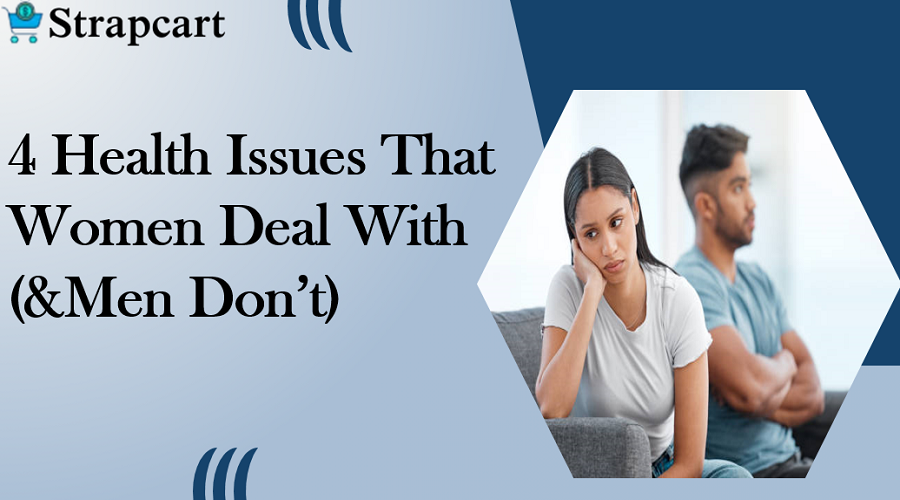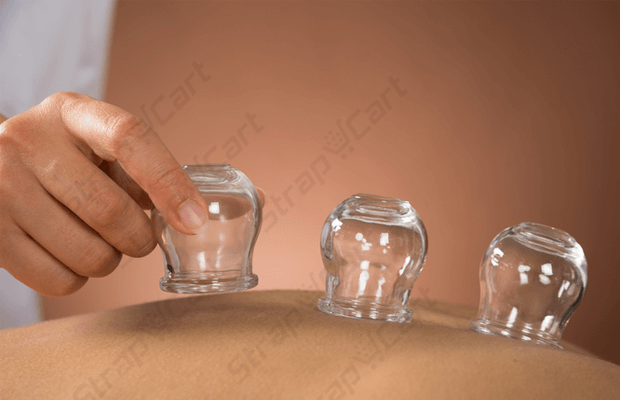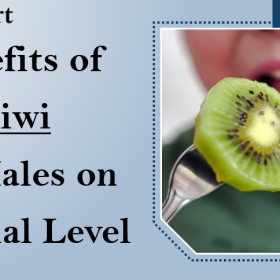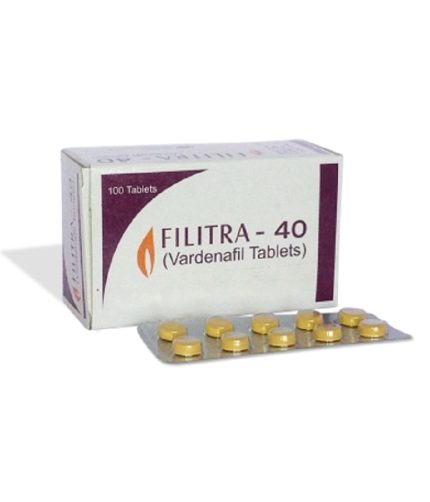We all have worries. Sometimes they’re about jobs, money, or the accrual of the kids to school on time. But when it comes to health, women have alone points and requirements. And typically, they aren’t shared by men.
Over the studies of a woman’s life, she requires change for several reasons. She faces selection, like parentage, and realities, like menstruation. Then come the effects of aging and menopause. There are other things more out of her restriction, like mental health or sexual and household violence.
Being notice of these health-related shifts and how they can affect a woman’s life is one thing. Addressing them when arise is another. It can be stiff, especially for women with limited healthcare access or financial control.
Read on to learn more about health points unique to women and how to respond to them.
Cervical cancer
In the US, 12,000 or so women get tested for cervical cancer annually. A Pap test, or Pap smear, is a checking test for cervical cancer. This test is a general part of a gynecological exam.
The test involves quietly rubbing cells from the cervix and testing them for abnormalities. According to the National Cancer Organization, regular Pap screenings drastically reduce cervical cancer incidence and mortality, maybe by as much as 80 percent. Research suggests Pap tests may be particularly important in catching cancer or other conditions in women who are older than 30.
Cervical cancer is generated by human papillomavirus (HPV), which is sexually transmitted. In augment to Pap tests, you can request an HPV test. This test checks for the high-risk sample of HPV that most commonly conduct to cervical cancer. The test can be done at the same time as a Pap test.
What can you do about it?
Women who are older than 21 should Bring formal Pap tests, and women older than 30 should get integration HPV and Pap tests, comfortable to the Center for Disease Restriction and Prevention (CDC).
Breast health
The most deadly cancer for women ages 20-59 everywhere in the world, breast cancer is increasing among women in developing nations, where it is constantly diagnosed at too late a platform to receive effective medical nursing.
Mammograms and clinical breast exams are required in addition to breast exams. They can assist you keep way with changes in your body and catching up on breast cancer early. They can help girls and women become acquainted with what’s “normal” for their breasts. finding cancer early may help impair the progression of the disease and the roughness and invasiveness of treatment.
What can you do?
If you are older than 40, you should be accrual regular mammograms, according to the American Cancer Institute. But women of all ages need to be Conversant of how their breasts feel and appearance. Discuss your unique cancer risk with your doctor, and follow the advice in the letter.
Abortion And Contraception
A heartbreaking 70,000 women die every year from improperly done abortions, acquired in Insecure circumstances out of desperation, usually in areas where abortion is Illegitimate or very hard to come by. These are also hard areas where women have poor or no access to effective contraception.
What You Can Do?
Show your support for organizations like the Guttmacher Association, which promotes international policy that promotes women’s Fertility health and rights, as well as the International Planned Parenthood Association, which supplies sexual health services and instruction to men and women around the world.
Birth control methods
Defense and birth control aren’t just women’s liability, but most available options are intended for them. congruent to the CDC, almost 87 percent of women in the United States between the ages of 15 and 44 are sexually motivated. Ninety-nine percent of them have at least once utilized contraception. But while almost all of them have had their male partners do with a condom, just 15 percent of sexually active women depend on condoms. For many, contraception procedures like hormone pills and IUDs are the most impressive ways to provide when, if, and how they’d like to have children.
What can you do?
With so many options obtainable, it can be hard to find birth control that meets your requirements. anyway, the best birth control procedure is the one that works for you and your lifestyle. Be sure to discuss your options with your physician or gynecologist.
Domestic Violence
At least 35 percent of women all over the world have been victims of household violence. But the horrific fitness effects of the issue often don’t end with the concern, even after the misuse has stopped. Experiencing household violence lays victims at Excerpt risk for slump, unintended pregnancy, HIV epidemic, alcohol misuse, suicide, long-term bodily injury, and death at the hands of their partner — 38 percent of all killed women were killed by their partner.
What You Can Do: Get involved with programs like the United Nations Unite to End Violence Against, Women, and the UN Trust Capital to End Violence Facing Women.
Vagina problems!
According to the National Institutes of Health (NIH), we vaginal get to look forward (potentially) to the following conditions:
Bacterial vaginosis: A vaginal contamination caused by “modification in the balance of bacteria that reasonably live in the vagina.”
Vaginitis: An burning or infection of the vagina that can reason itching, burning, suffering, discharge, or bad odor. NIH clarifies that this is discrete from vulvodynia, which is “ secular suffering or Expose of the vulva [the external part of the genitals]” only.
Health Technology for Women
Soon, new technologies will come to assist maintenance providers in Enumeration women’s health conditions. [10] Researchers have developed innovative medical treatments, such as a patient intersect device that mobilizes women for chest reconstruction using carbon dioxide instead of needles and a blood test that can catch whether impregnation has started outside of the fallopian tubes. Other developed medical technologies include an at-home, do-it-yourself Pap smear and a test that decides pregnancy using saliva as a sample.
Women can lower the insecurity for cancers and other general illnesses with healthy habits and punctual care provider interviews. [11] However, in many underserved combined ownership nurse practitioners (NPs) and nurse midwives fill the inadequacy created by the deficiency of advertisement providers, while covering service areas encompassing far too many clients. As America’s health care requirement extension, care provider arrangements will require many more NPs to ascertain positive health outcomes for women in these joint ownership

















